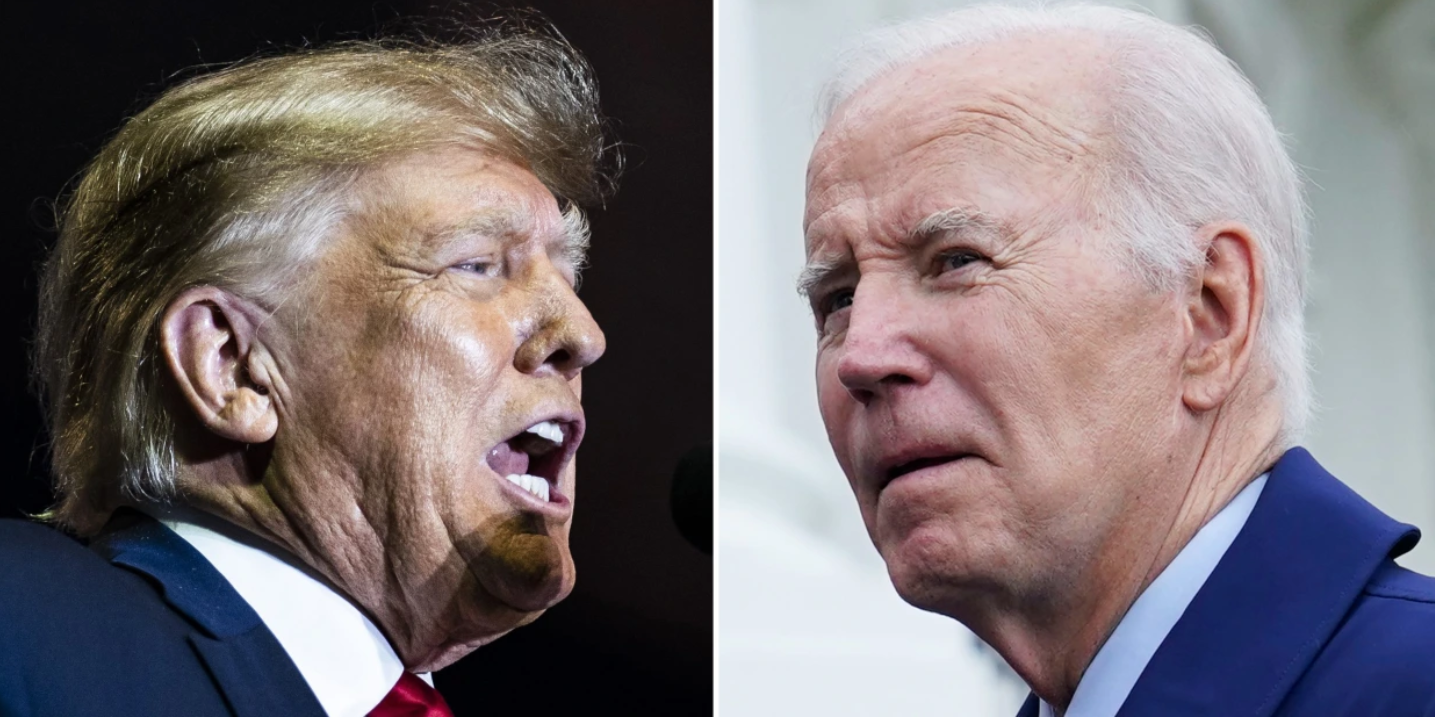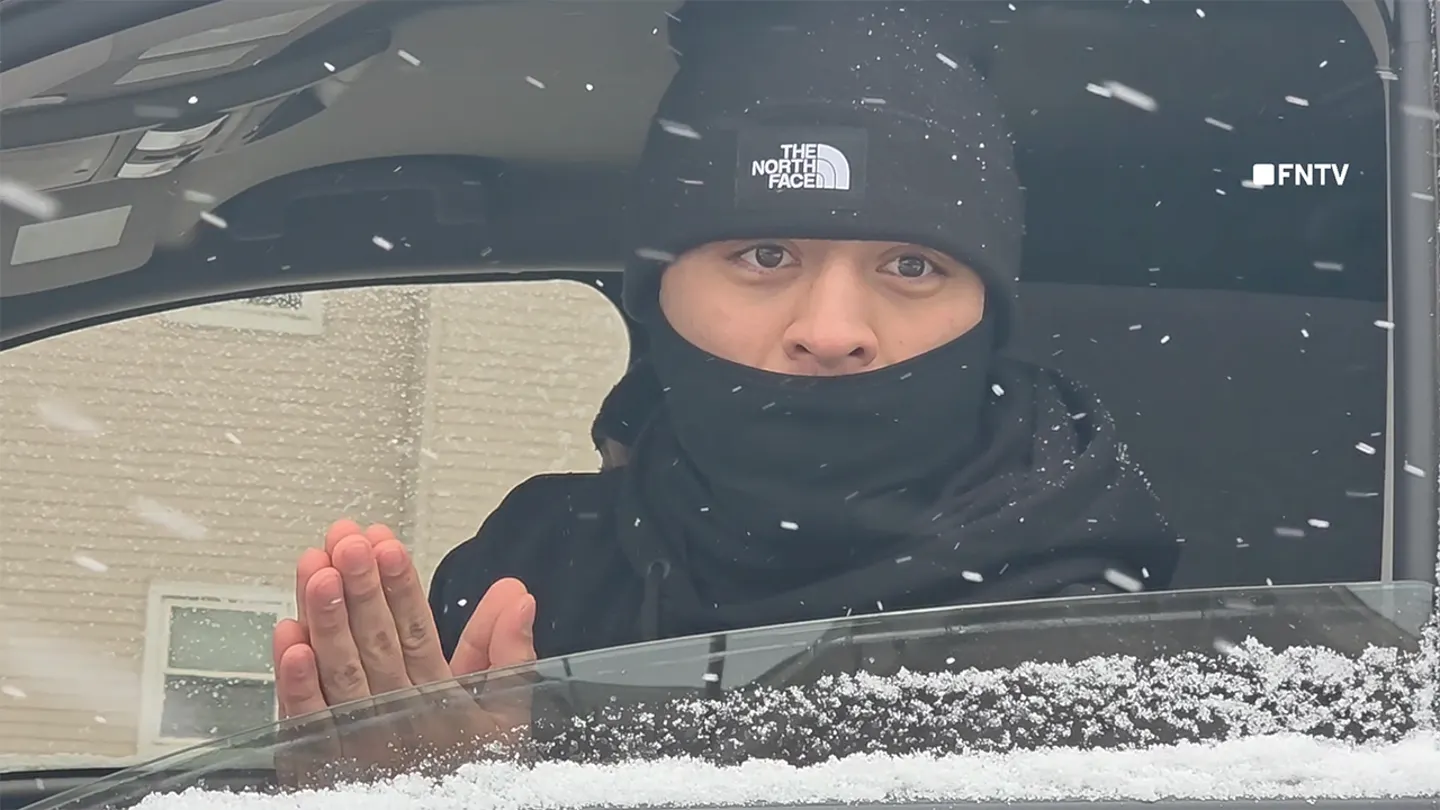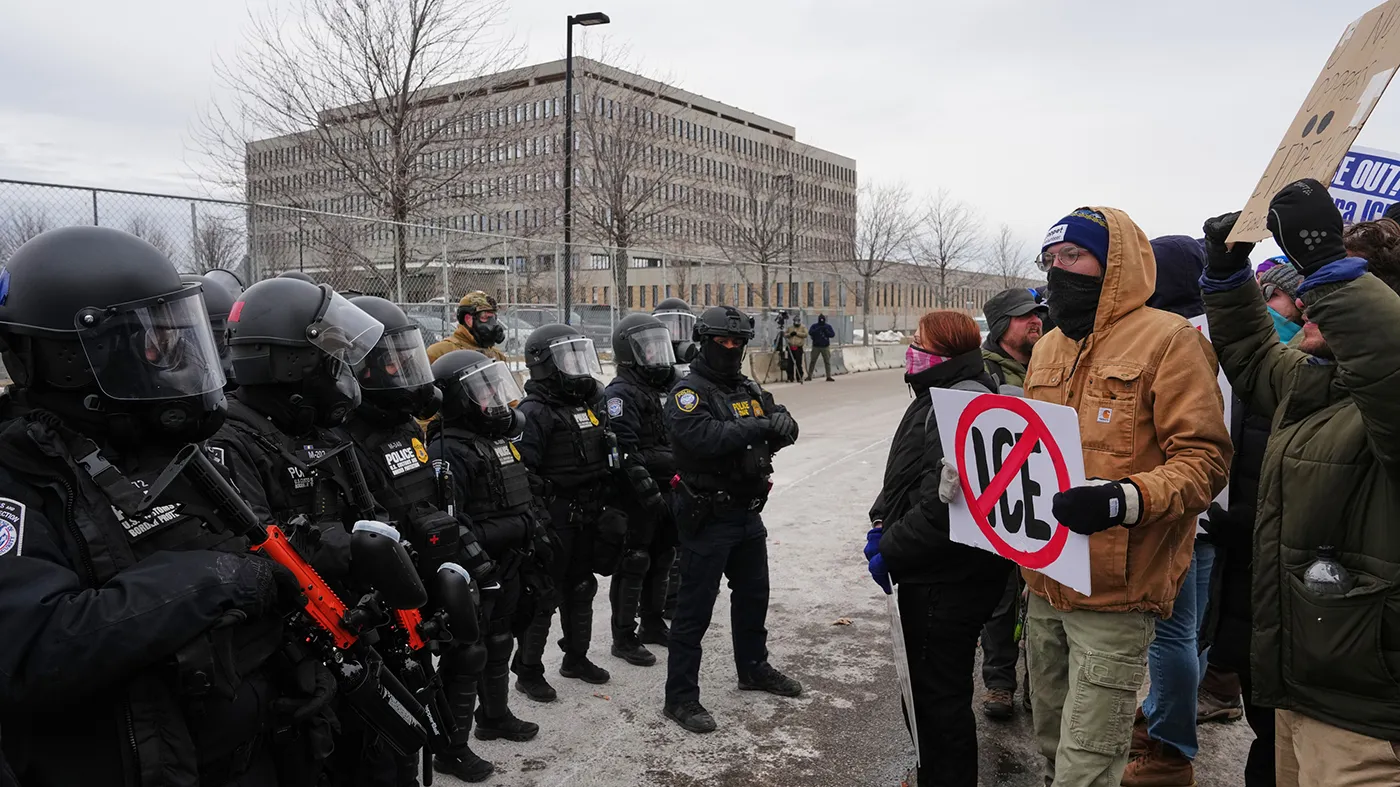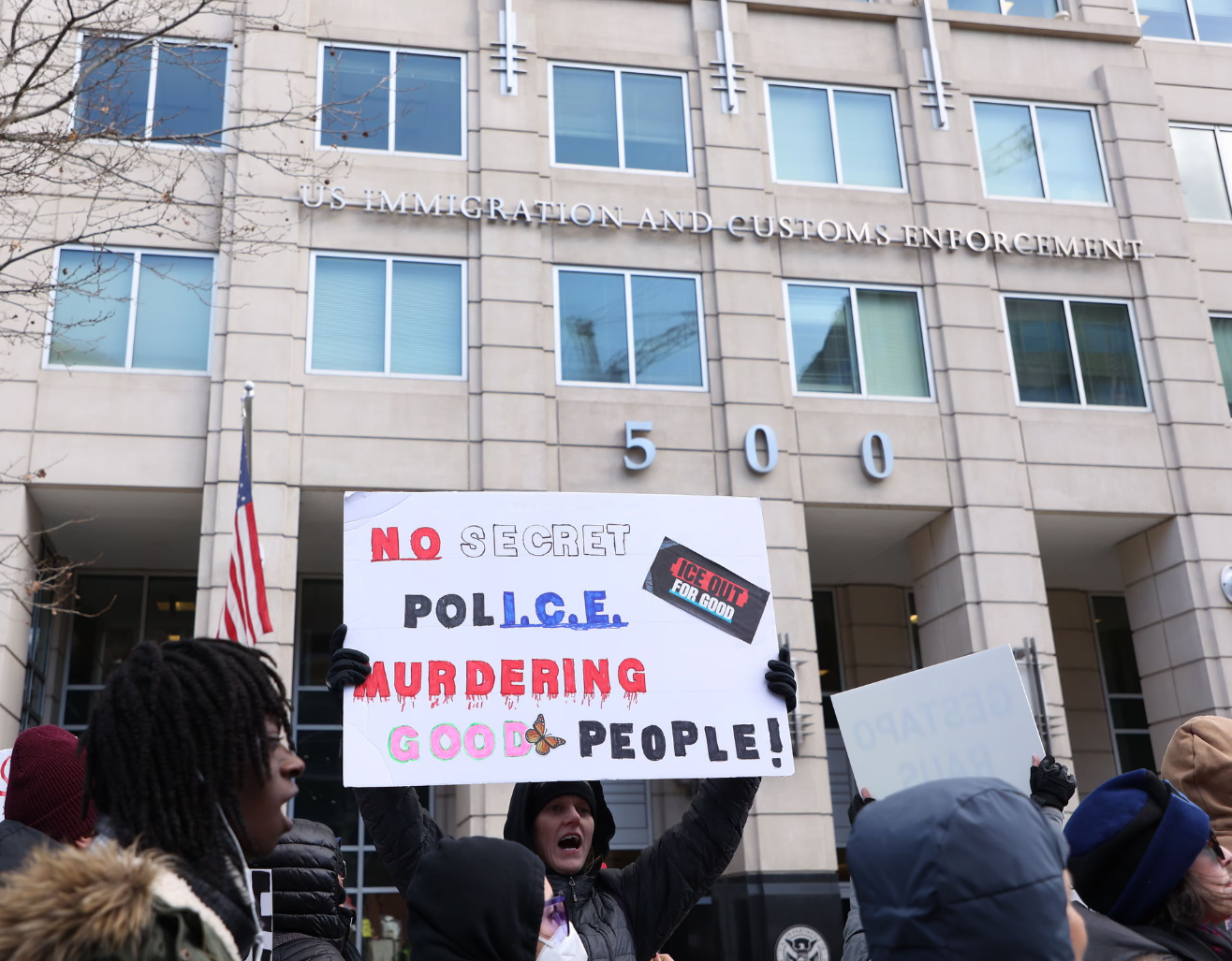If it’s TUESDAY… Drones strike Moscow, causing damage to some buildings… Biden White House, House GOP leaders work to sell debt-ceiling deal reached over the weekend… Newly minted presidential candidate Ron DeSantis heads to Iowa… GOP ad war kicks off at record-setting pace… And impeachment trial of Texas AG Ken Paxton set to begin no later than August.
But FIRST… The ultimate size of the third-party presidential vote might be one of the most important — and decisive — 2024 stories to follow over the next 17 months.
Especially if the general election turns out to be a rematch between President Joe Biden and former President Donald Trump.
In 2016, 6% of all voters cast ballots for third-party and write-in candidates, with Libertarian Gary Johnson getting more than 3% of the national vote and Green Party nominee Jill Stein capturing more than 1%.
But in 2020, that share fell to 2%.
The difference, Democrats say, made it easier for Trump to win ‘16 but not in ‘20 — by changing the threshold the major candidates needed to reach to win key battleground states, from 47% and 48% in 2016, to 49% and 50% in 2020.
And the numbers illustrate why Democratic groups want to keep the third-party vote share as small as possible, including working to keep the well-financed third-party group No Labels off the ballot in battleground states.
When comparing the results from 2016 and 2020, what stands out is that Trump’s vote share (nationally, in key battleground states and in key counties) stayed virtually the same. What changed is that Biden grew the Democratic Party vote share by 2 to 3 points across the board, while the protest vote for other candidates dropped.
“There is no doubt at all that Stein and Johnson cost Clinton the election in 2016, and a credible third-party vote could do the same to Biden in 2024,” said Matt Bennett, the executive vice president of public affairs at Third Way, a centrist Democratic group opposing No Labels’ effort to enter next year’s presidential contest.
But No Labels and other third-party groups say there should be more choices for voters, especially when polls show supermajorities don’t want either Biden or Trump to run.
“Two-thirds of the public doesn’t want the election we’re probably going to get,” said Ryan Clancy, No Labels’ chief strategist.
Bottom line from the numbers: The third-party vote being anywhere between 4 to 8 points could hurt Dems the most. But if it’s higher than that (like we saw in 1992), it could more of a jump ball.
Go to NBCNews.com for more on our deep-dive on the third-party vote — and how it could shake up 2024.




